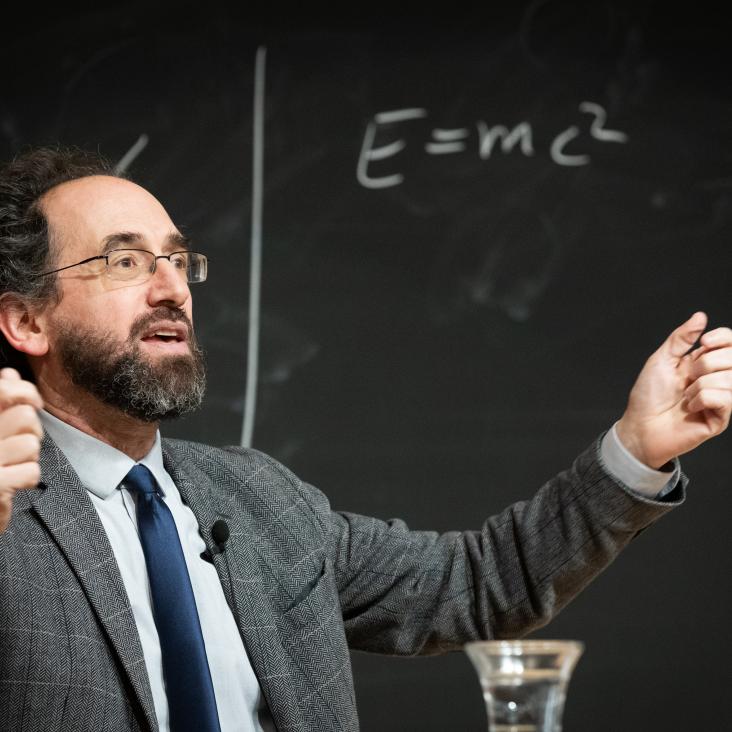Composite fermions in a negative effective magnetic field: A Monte Carlo study
Physical Review B - Condensed Matter and Materials Physics 72:4 (2005)
Abstract:
The method of Jain and Kamilla [J. K. Jain and R. K. Kamilla, Phys. Rev. B 55, R4895 (1997)] allows numerical generation of composite-fermion trial wave functions for large numbers of electrons in high magnetic fields at filling fractions of the form ν=p (2mp+1) with m and p positive integers. In the current paper we generalize this method to the case where the composite fermions are in an effective (mean) field with opposite sign from the actual physical field, i.e., when p is negative. We examine both the ground-state energies and the low-energy neutral excitation spectra of these states. Using particle-hole symmetry we can confirm the correctness of our method by comparing results for the series m=1 with p>0 (previously calculated by others) to our results for the conjugate series m=1 with p<0. Finally, we present similar results for ground-state energies and low-energy neutral excitations for the states with m=2 and p<0, which were not previously addressable, comparing our results to the m=1 case and the p>0, m=2 cases. © 2005 The American Physical Society.The effect of controllable optically-induced random anisotropic disorder on the magnetotransport in a two-dimensional electron system
AIP Conference Proceedings 772 (2005) 461-462
Abstract:
We have studied the effect of optically-induced random, anisotropic disorder on the magnetoresistance of a two-dimensional electron gas by exposing the sample to an anisotropic laser speckle pattern. Changes in the amplitude of the Shubnikov-de Haas oscillations can be explained in terms of easy and hard conductivity paths, parallel and perpendicular to the long axis of the oval speckle grains, respectively. © 2005 American Institute of Physics.Vortex Lattices in Rotating Atomic Bose Gases with Dipolar Interactions
(2005)
Luminescence ring formation in quantum wells - A model with Coulomb interaction
Solid State Communications 134:1-2 (2005) 59-62


